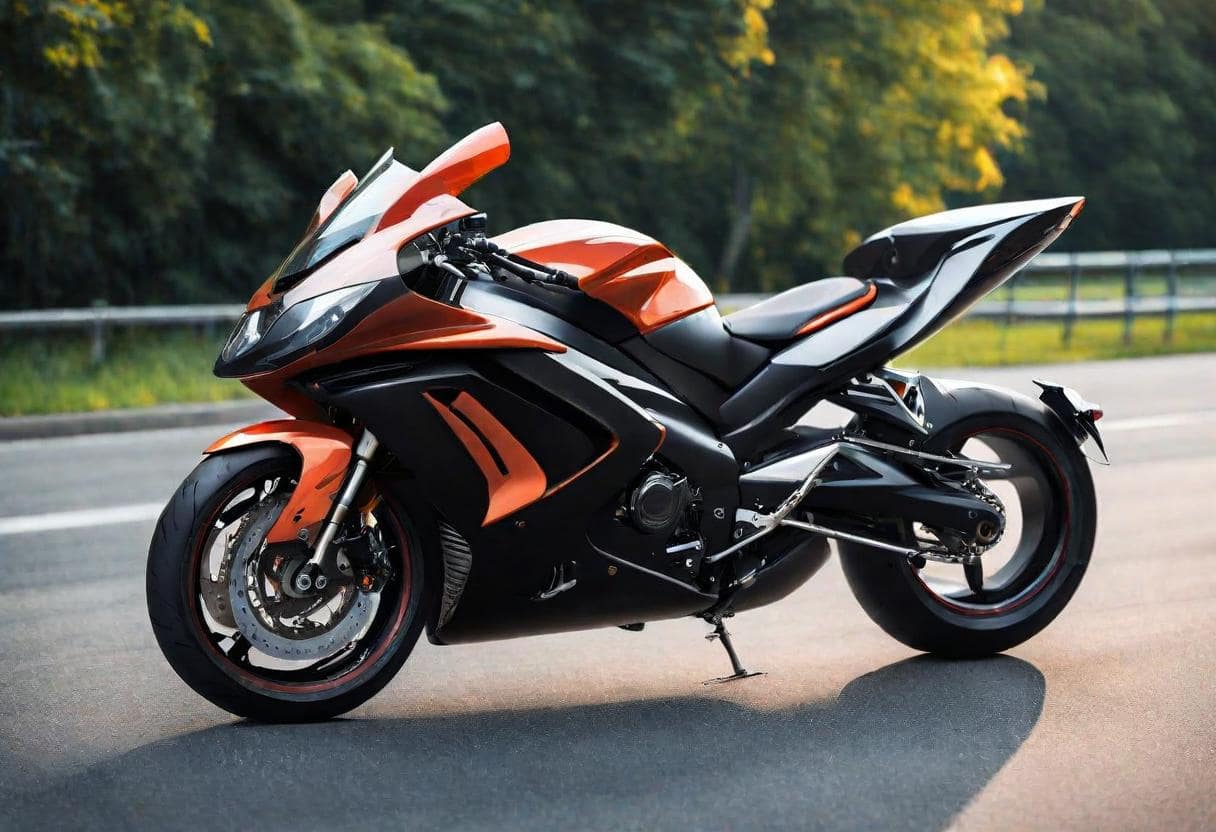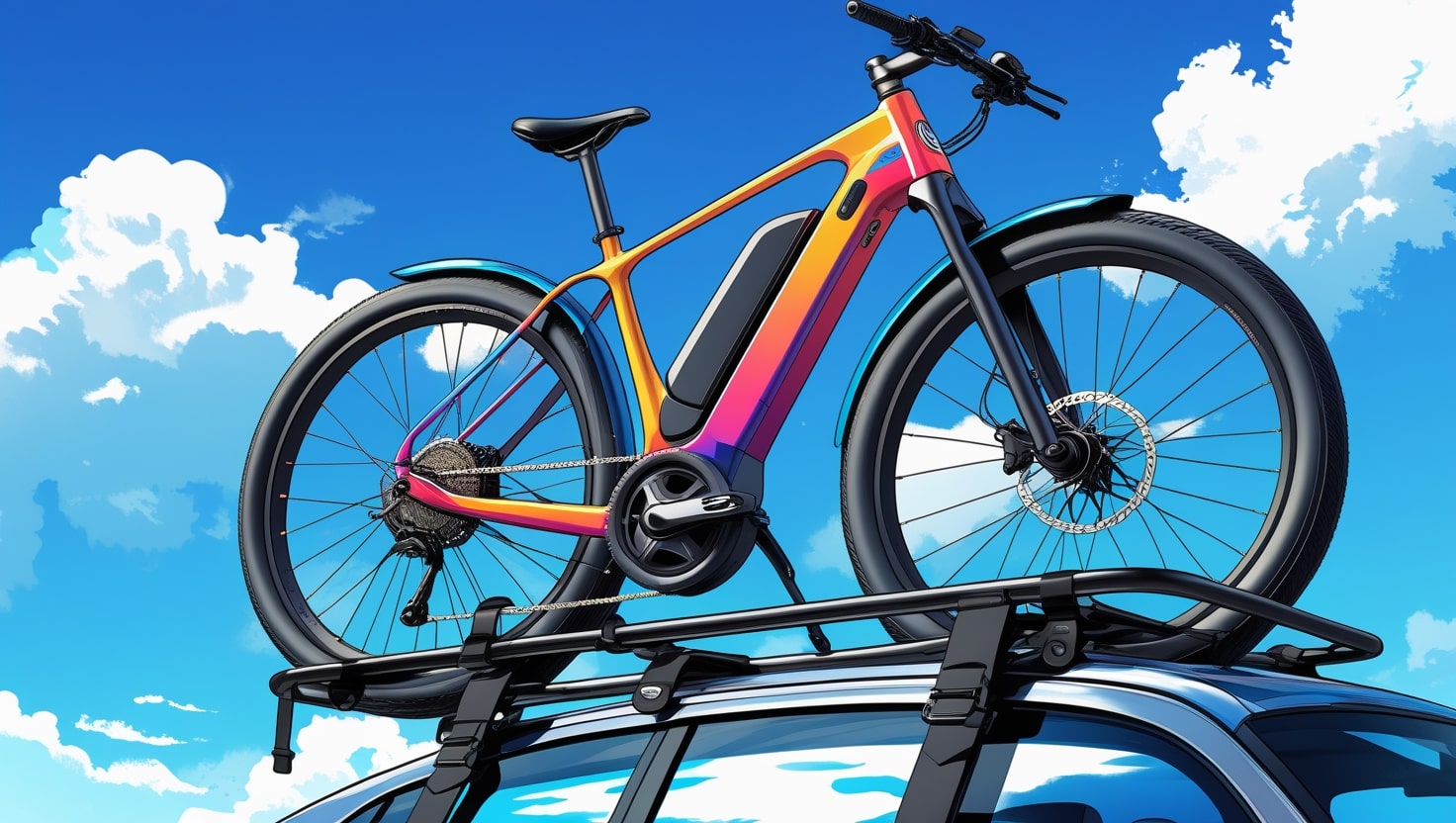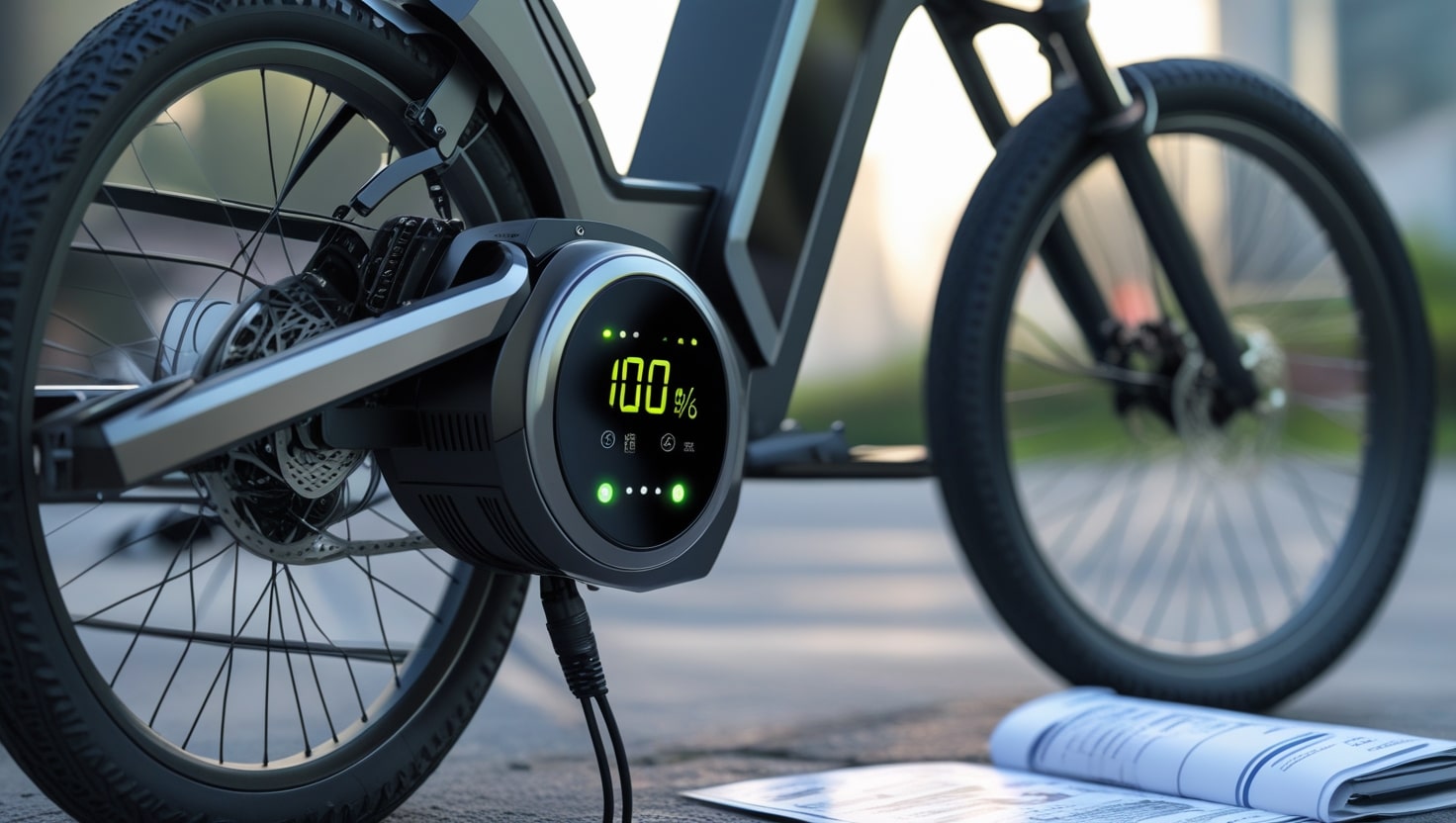Riding a bike has always been synonymous with a sense of freedom and the thrill of speed. However, the basic design of these two-wheelers offers minimal protection against the elements and wind. This change started with the advent of fairs. These components have transformed the performance, comfort, practicality, and style of motorcycles. Initially, fairings were rudimentary but effective in reducing wind resistance.
Racer Stanley Woods is often credited with the early implementation of motorcycle fairing. His 1926 Isle of Man TT-winning Norton featured a slanted number board and clear screen attached to the front. During the 1920s, these early fairings began appearing on motorcycles used for endurance racing and speed record attempts. They were typically handmade from metal or leather and focused on reducing wind resistance. These initial designs, although rudimentary, marked the beginning of a significant transformation in motorcycle aerodynamics.
After World War II, many factory racing teams started fitting fairings to their Grand Prix machines. The Italian manufacturer MV Agusta was an early adopter, with their bikes ridden by legendary racers like John Surtees and Giacomo Agostini. These machines featured full fairings for improved aerodynamics. Some manufacturers took the fairing design to the extreme, creating the nearly complete enclosure known as the ‘dustbin fairing.’ However, these designs were short-lived due to their weight, susceptibility to cross winds and turbulence, and the limits they imposed on the turning circle and suspension movement.
Motorcycle Fairings on Road-Going Bikes
In the 1930s, motorcycle manufacturers like BMW started experimenting with fairings and bodywork for road use. The 1934 R7 concept bike from BMW showcased a futuristic design, featuring aerodynamically-shaped body panels and mudguards. This began a trend towards enhancing motorcycles not just for speed and performance, but also for better wind resistance and comfort.
By the 1950s, the concept was further pushed due to the boom in scooter sales, leading to fully-enclosed designs like the Ariel Leader and Vincent Black Prince. These models were well-known for their improved comfort, cleanliness, and aerodynamics. Fairings became widely adopted by road riders in the 1960s, with aftermarket makers like Avon and Windjammer offering handlebar and full fairings that owners could fit themselves. By the 1970s, fairings had become an integral part of motorcycle design. The BMW R100RS was the first production road bike to feature a factory-fitted full fairing, designed in a wind tunnel, marking a significant advancement in motorcycle aerodynamics.
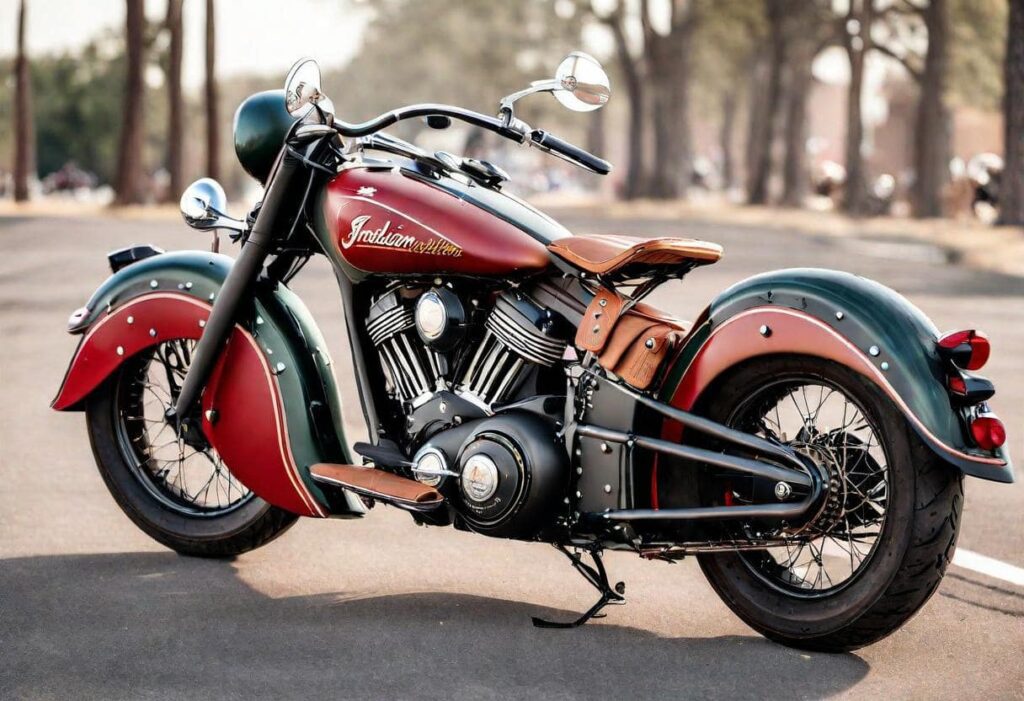
Advantages of Bike Fairings
Better aerodynamic performance
The first and most obvious reason for a full fairing on a motorcycle is to reduce air resistance. In high-performance machines, streamlining is very important. This is why almost all road racing motorcycles are equipped with full fairings. The official unit for measuring a vehicle’s ability to slip through air is called the coefficient of drag, or Cd. The lower this number, the better the motorcycle can cut through air. Manufacturers conduct extensive wind tunnel testing on fairing designs to ensure the least drag.
For instance, the wind-tunnel honed TVS Apache RR 310 has a segment-leading drag coefficient of 0.26, making it one of the most aerodynamically efficient motorcycles in its class. A well-designed full fairing can greatly improve a motorcycle’s performance, especially at high speeds.
Better fuel-efficiency
A streamlined full fairing can significantly lower air resistance, allowing a motorcycle to go faster and farther with the same amount of power spent. An efficiently designed full fairing helps the bike attain better fuel-efficiency compared to its non-faired (naked) or half-faired counterparts. The powertrain needs lesser effort to push through the air-resistance, which effectively results in a better fuel-efficiency figure.
More rider comfort
A full fairing is often designed with a windscreen that forms an integral part of the motorcycle. In many motorcycles, this windscreen is placed higher and angled to deflect wind away from the rider’s head and torso. This reduces wind buffeting, providing a more quiet and turbulence-free experience. For motorcycles where the rider needs to crouch, this design is highly effective in negating the wind blast and enhancing comfort for the rider.
More downforce and traction
A well-honed fairing not only allows the motorcycle to slip through the air more effectively, but it also creates downforce that pushes the bike down onto the road. When tested in a wind tunnel for both straight and leaned positions, a fully faired motorcycle offers significant advantages with enhanced traction in a straight line or around bends, especially at high speeds. This results in better control, more grip, and for track bikes, faster lap times.
Enhanced aesthetics
Fully faired motorcycles are generally associated with high performance, as almost all racing bikes feature this design. Their streamlined design makes the front look sharper compared to their naked or half-faired counterparts. The tail of these motorcycles is often upswept, giving them a sporty and visually appealing look.
The large surface area provided by full fairings acts as a blank canvas for designers to creatively apply attractive paint schemes or race livery. In a nutshell, fully faired motorcycles not only look good but also have a desirable and sporty air about them.
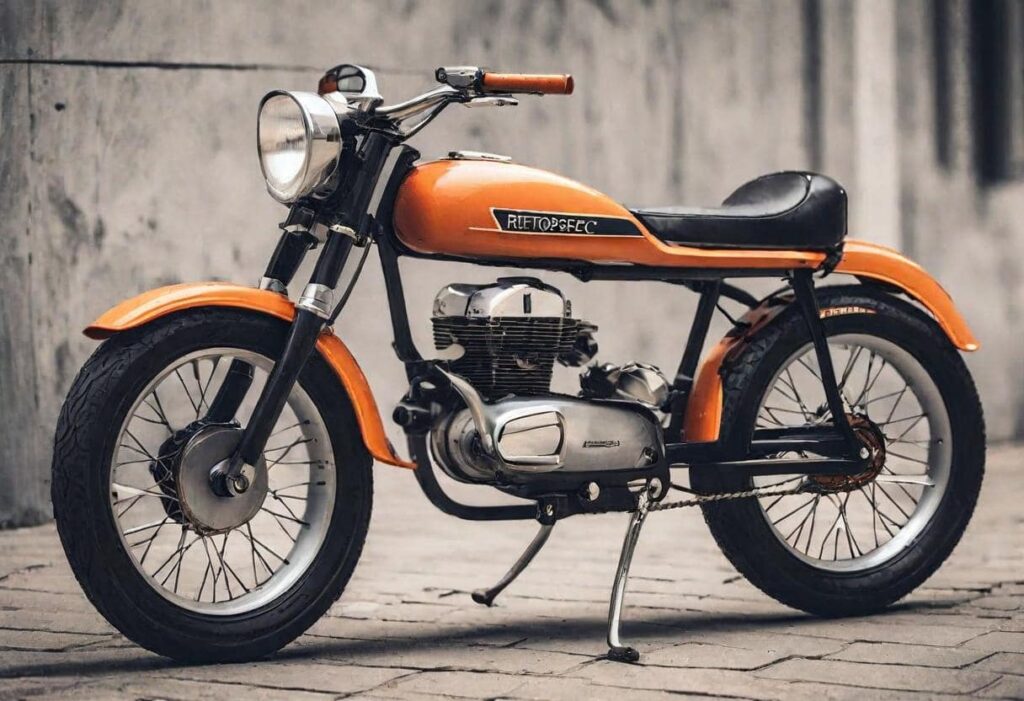
Disadvantages of Bike Fairings
They are expensive
Needless to say, the extra paneling on a fully faired motorcycle requires manufacturers to use extra material, which adds to the cost. For high-performance machines tested in the wind tunnel, these fairings can be quite expensive for manufacturers to design and manufacture. The final cost of all this effort and materials is eventually passed on to the customer, making fully faired motorcycles generally more expensive than their naked counterparts.
Prone to damage
Motorcycle fairings are often made of lightweight material to keep the overall weight of the motorcycle low and not affect performance too much. These materials are reasonably sturdy and resistant to elements like wind and water. However, they are not built to withstand impacts. If a truck ahead kicks up loose debris, it might crack the panel of your fully faired motorcycle. Even if parked, the extruding panels run a chance of getting damaged. As a result, fully faired motorcycles are more prone to damage than their bare counterparts and require careful handling.
Lower ground clearance
Fully faired motorcycles are designed to be sporty and to hug the road as they move. This design generally means they have low ground clearance to achieve a lower center of gravity. Additionally, these motorcycles often have panels that extend low below the chassis in the form of a belly cowl or underbody panels, which further hampers their clearance.
As a result, you need to use fully faired motorcycles strictly on well-paved surfaces and be careful when going over speed breakers to avoid breaking the lower parts of the fairing. If you need your motorcycle to tackle bad roads or go soft-roading even occasionally, then a faired motorcycle is a definite no-no.
Reduced maneuverability
The faired panels of a motorcycle are often fixed, meaning they don’t turn with the handlebar. This can be an issue with tightly packaged fairing components, as the movement of the handlebar and forks on fully faired motorcycles becomes restricted. This reduced maneuverability affects the turning radius of such bikes, making it more difficult to navigate tight spaces.
Fitting a Bike Fairing
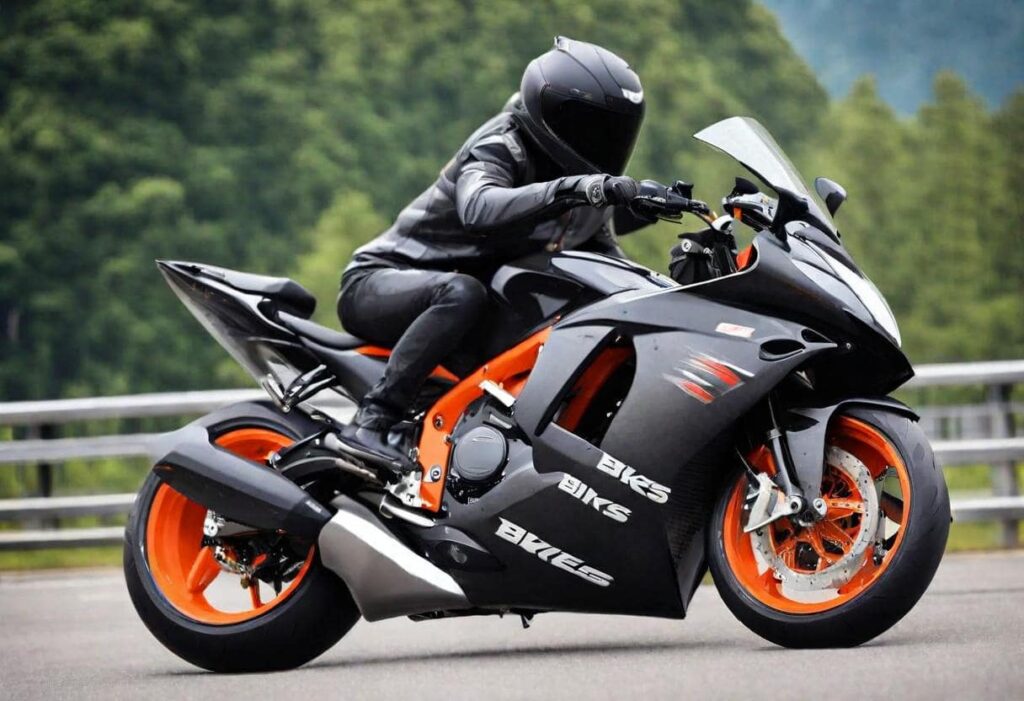
When fitting a fairing to your motorcycle, the first thing to consider is compatibility. Ensure the fairing is specifically designed for your motorcycle’s make and model. A mismatch can lead to significant fitment issues and frustration. Choosing between OEM (Original Equipment Manufacturer) and Aftermarket fairings is also crucial. OEM fairings are guaranteed to fit perfectly, but they tend to be expensive. On the other hand, Aftermarket fairings offer more variety and affordability, though compatibility needs double-checking.
Another important factor is weight. Consider whether the improved wind protection and aerodynamics are worth the additional weight added to the bike. Carbon fibre is a lighter option compared to fibreglass or ABS (plastic), but it is also more expensive. Balancing these factors will help you choose the best fairing for your motorcycle.
Bespoke Brake and Clutch Cables, and Hoses for bikes fitted with a fairing
When fitting a fairing to your motorcycle, you might need to make several modifications to ensure a proper fit. This could involve relocating parts like indicators or headlight(s), or adjusting to higher or lower handlebars. If you need to modify your throttle, clutch, or speedo cable to suit the new setup, our Bespoke Cable Service can create a cable to almost any specification.
Our Line Builder Tool also allows for easy creation of custom hydraulic lines. You can order bike-specific brake line kits and cables in longer lengths directly from our website. This ensures your bike performs well and looks great with its new fairing.
FAQs
Does a fairing make a difference?
Fairings greatly enhance aerodynamics, reducing wind resistance and drag. This leads to better fuel efficiency and improved performance at high speeds.
Where is the fairing on a bike?
The fairing on a bike is usually found on the front, covering the handlebars and headlight. It often extends down the sides, enclosing parts of the engine and chassis. Some bikes have additional fairing panels near the rear. This design improves aerodynamics, offers protection from the wind, and enhances the bike’s overall performance and style.
Why is it called a fairing?
The term fairing comes from the word “fair,” meaning to smooth or streamline. In aeronautics, fairings were used to reduce drag and improve aerodynamics.
Are fairings necessary?
Fairings are not always necessary, but they offer significant benefits. They improve a bike’s aerodynamics, reducing wind resistance and enhancing performance and fuel efficiency. Fairings also provide protection from the elements, making the ride more comfortable. While some riders prefer the look of naked bikes, others find the added benefits of fairings essential for long-distance and high-speed riding.
Can you ride a bike without fairings?
Yes, you can ride a bike without fairings. Many naked bikes come without fairings and are popular for their minimalist design.

